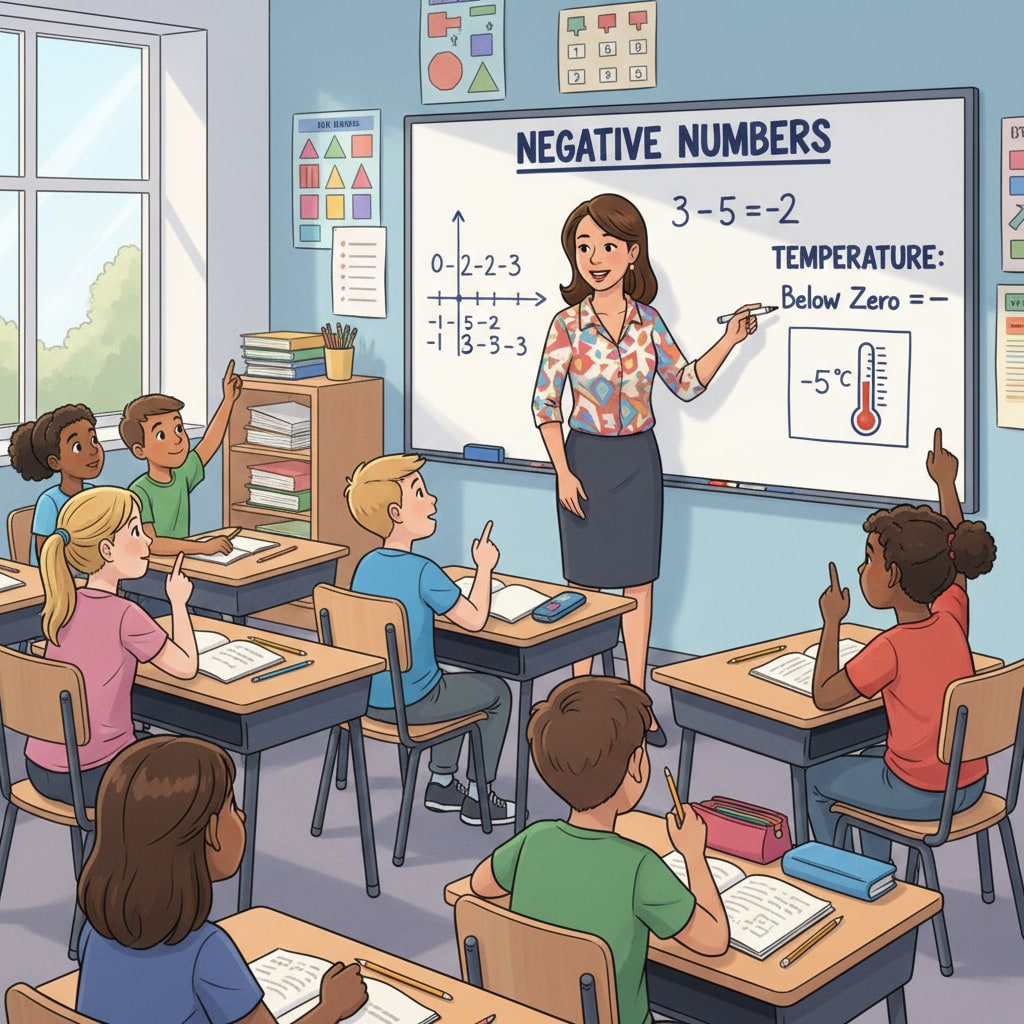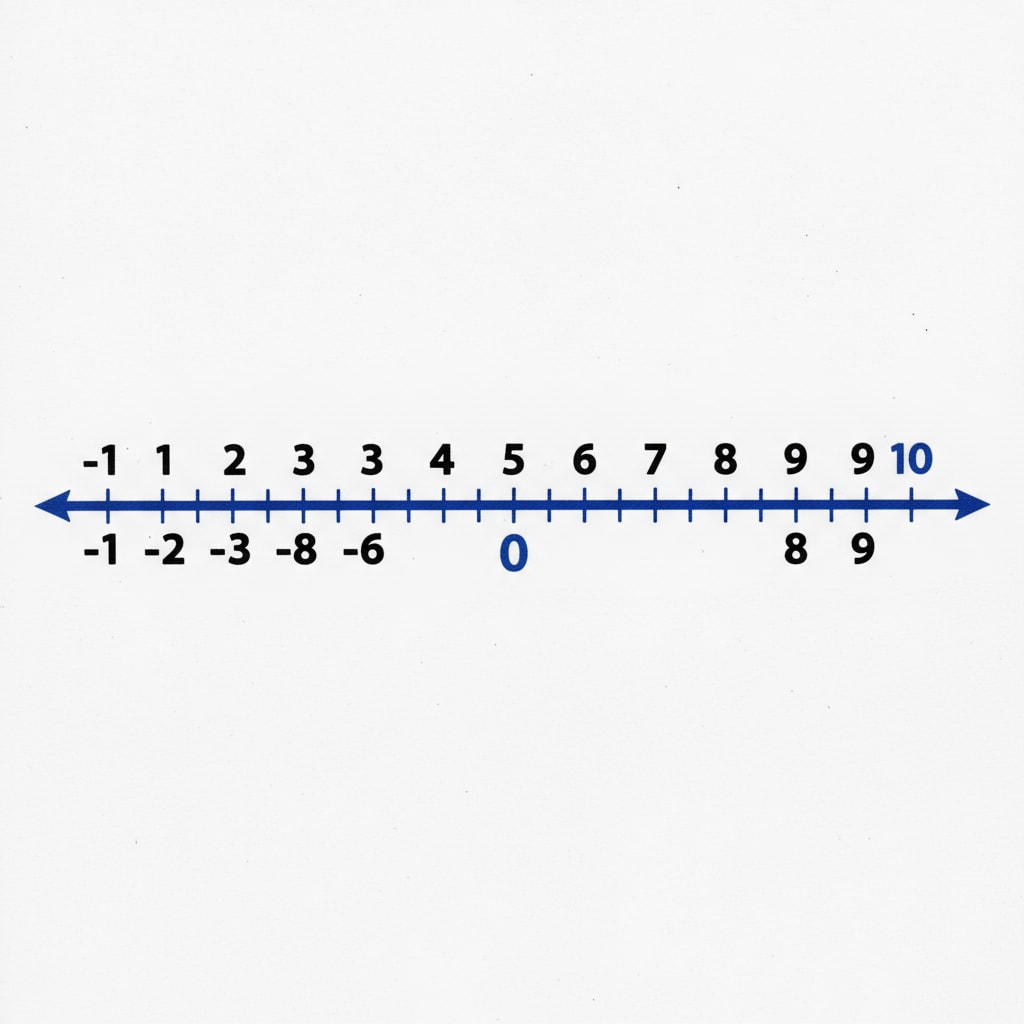Understanding negative numbers is a significant milestone in a fourth grader’s mathematical journey, and evaluating their mathematical comprehension abilities regarding this concept provides valuable insights.

As students progress in their mathematical education, the introduction of negative numbers marks a transition from the realm of positive integers to a more complex numerical system. This shift requires a different way of thinking, as negative numbers represent values less than zero.
The Cognitive Hurdles in Grasping Negative Numbers
For fourth graders, negative numbers can be quite abstract. Their prior experiences with numbers mainly revolve around counting objects and positive quantities. Understanding the concept of something being “less than nothing” challenges their existing mental models. For example, when used to counting apples or toys, the idea of a negative number of items is counterintuitive. According to Cognitive development theories on Wikipedia, children at this age are still in the process of developing more advanced logical thinking skills.

The Gap between Teaching and Cognitive Development
The traditional teaching curriculum often presents negative numbers at a certain stage without fully considering the individual differences in students’ cognitive development. Some fourth graders may be ready to embrace this new concept, while others may struggle. Teachers might follow a set pattern of instruction, such as introducing negative numbers through temperature scales or financial debts. However, as per Educational psychology insights on Britannica, students may not fully understand the underlying principles due to the complexity of the concept and the pace of teaching.
To bridge this gap, educators need to take a more personalized approach. This could involve using hands-on activities, like a number line game where students physically move forward and backward to represent positive and negative values. By engaging in such activities, students can gain a more concrete understanding of negative numbers.
In conclusion, evaluating fourth graders’ understanding of negative numbers and their mathematical comprehension abilities is crucial for effective teaching. By recognizing the cognitive challenges they face and the differences between teaching progress and their development, we can develop better teaching strategies. This will not only help students master negative numbers but also build a stronger foundation for their future mathematical learning.
Readability guidance: The article uses short paragraphs to make the content more accessible. Each section focuses on key points related to fourth graders’ understanding of negative numbers. Transition words like “however” and “for example” are used to enhance the flow. The use of external links provides additional resources for further exploration.


